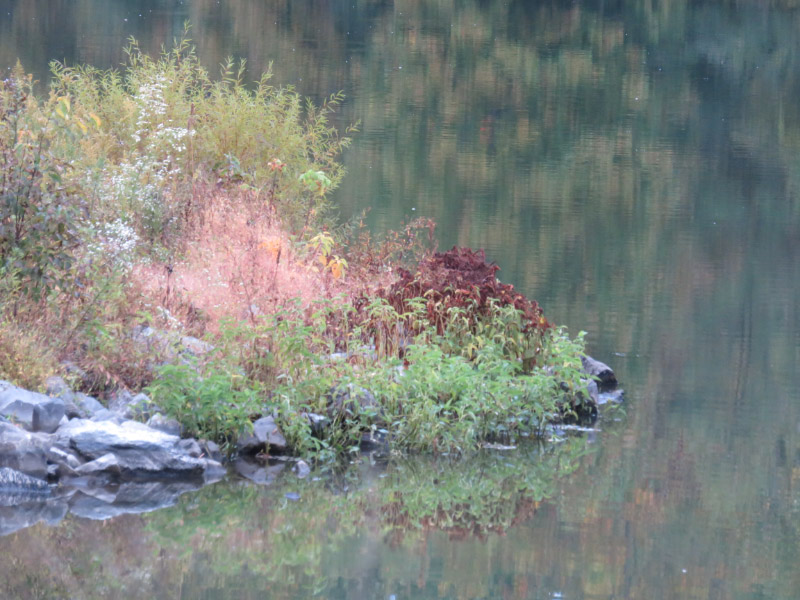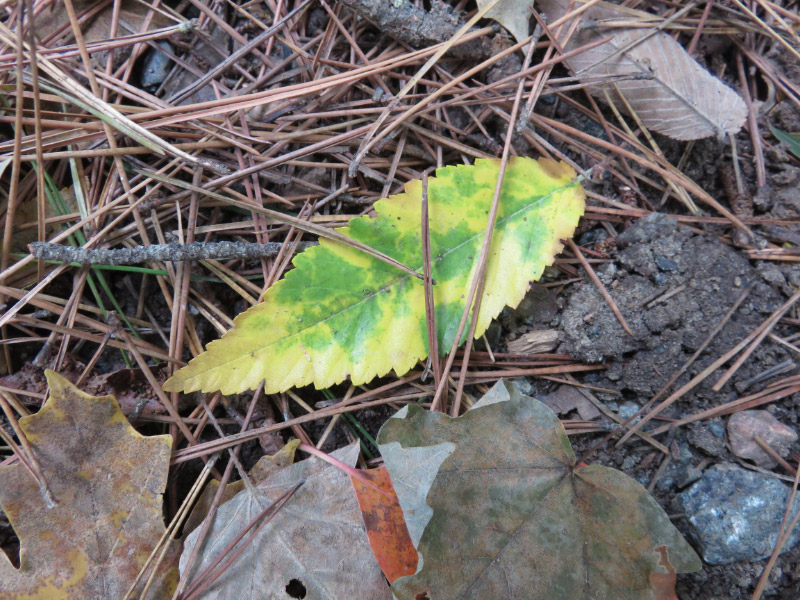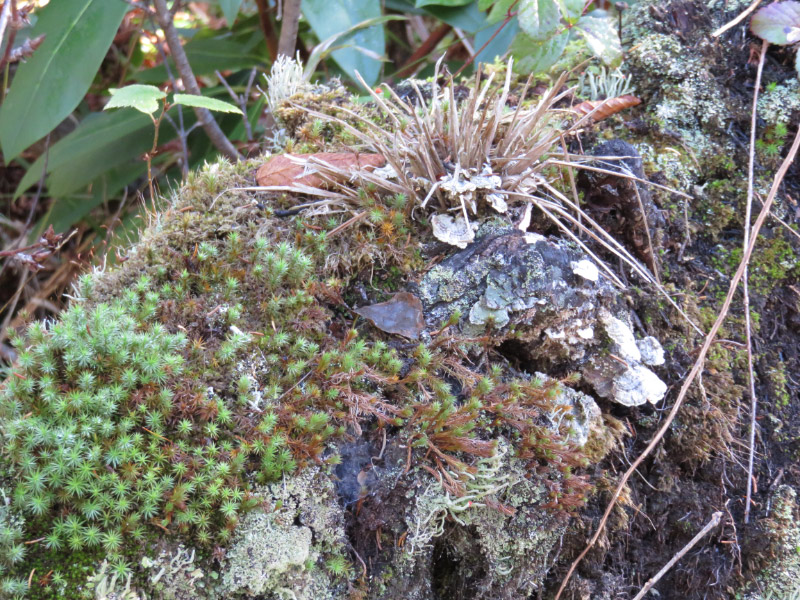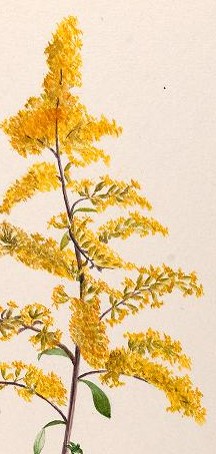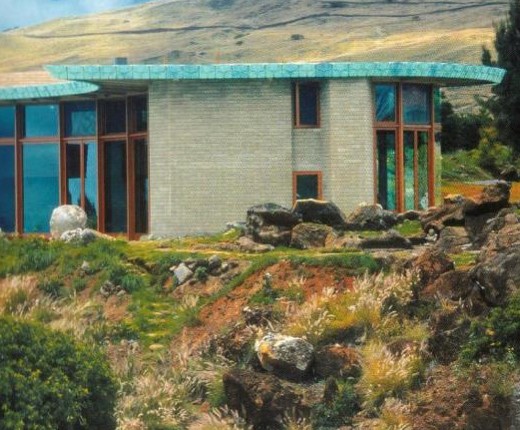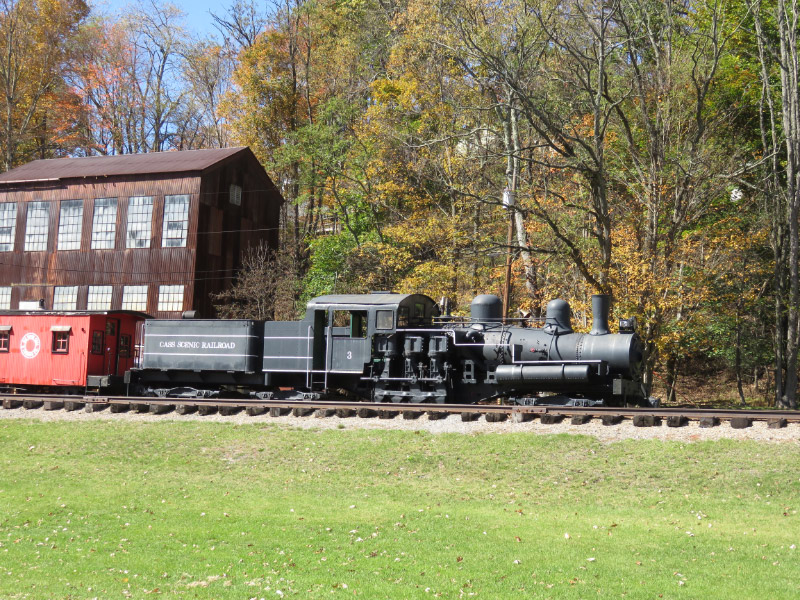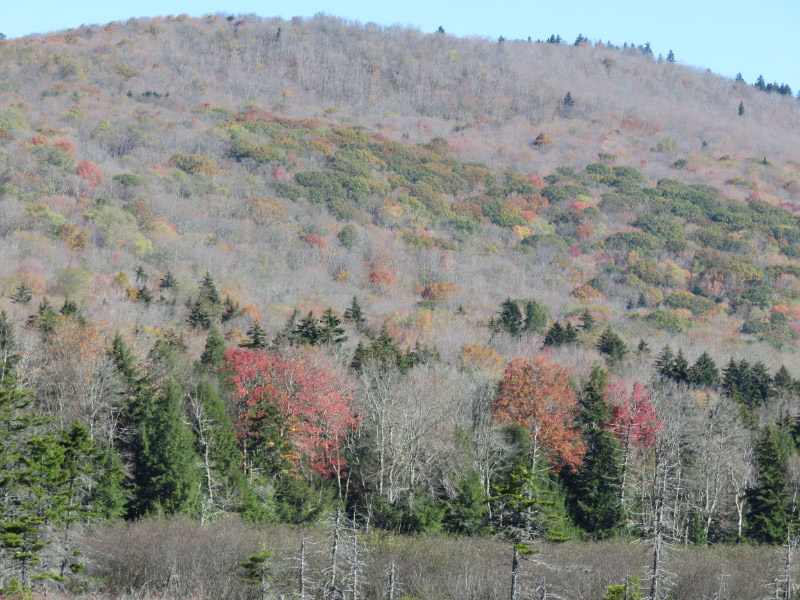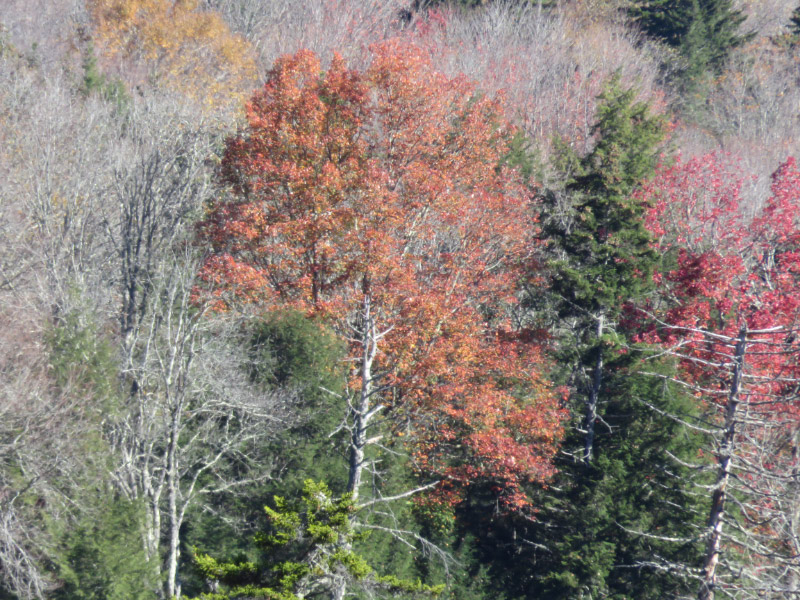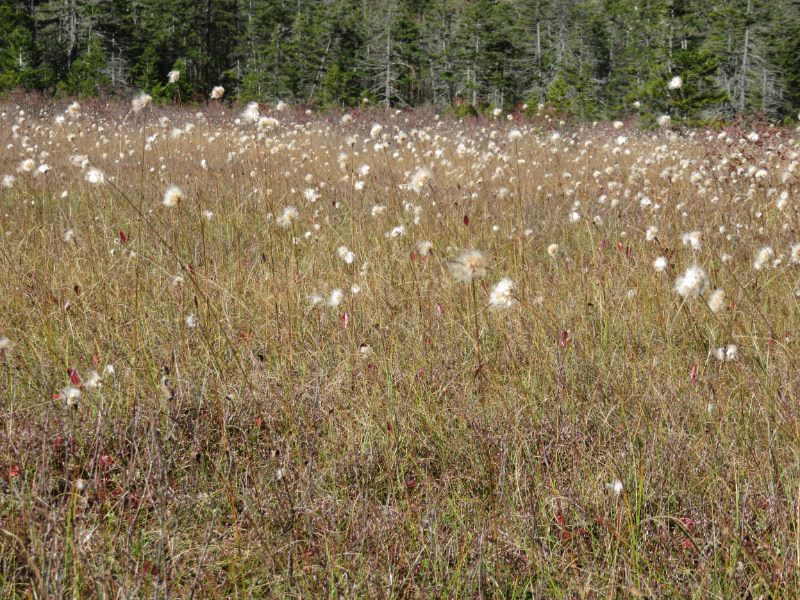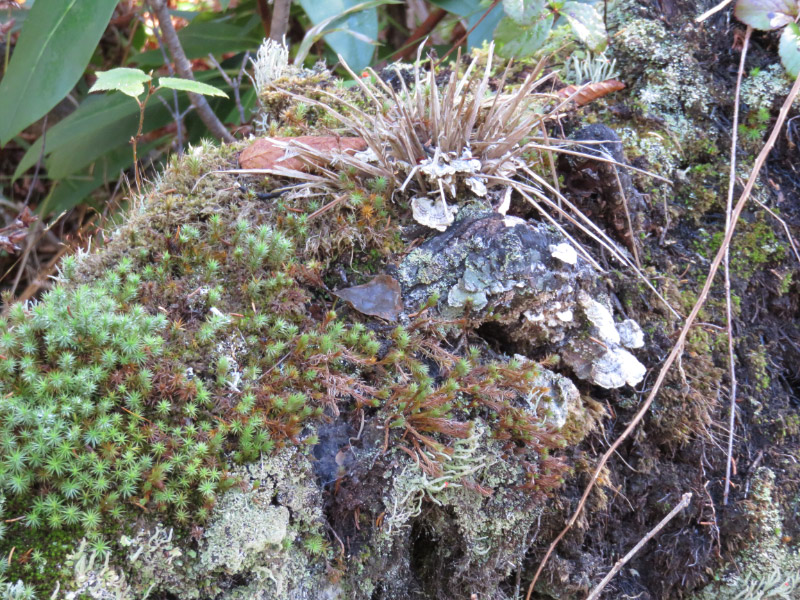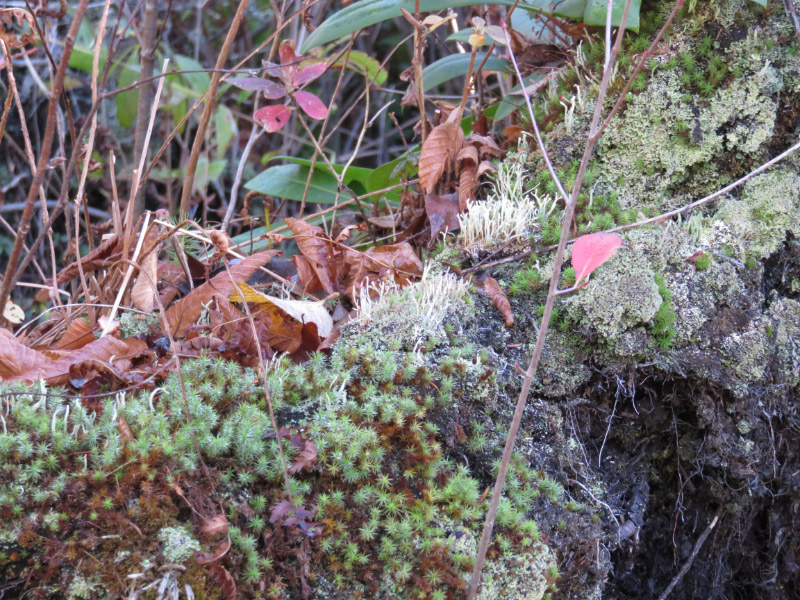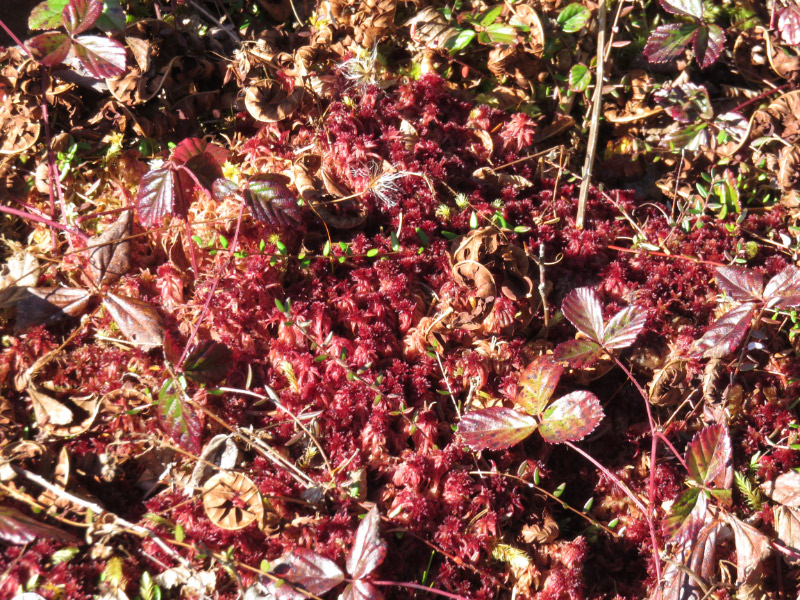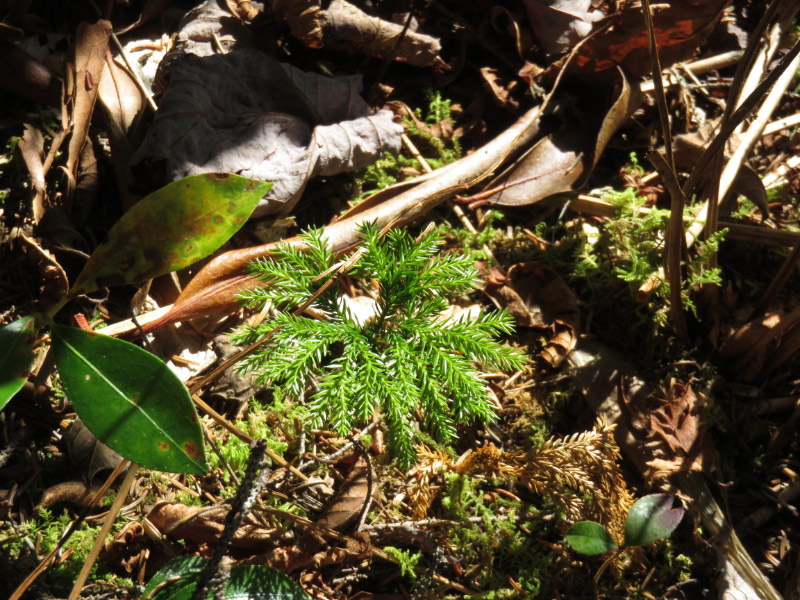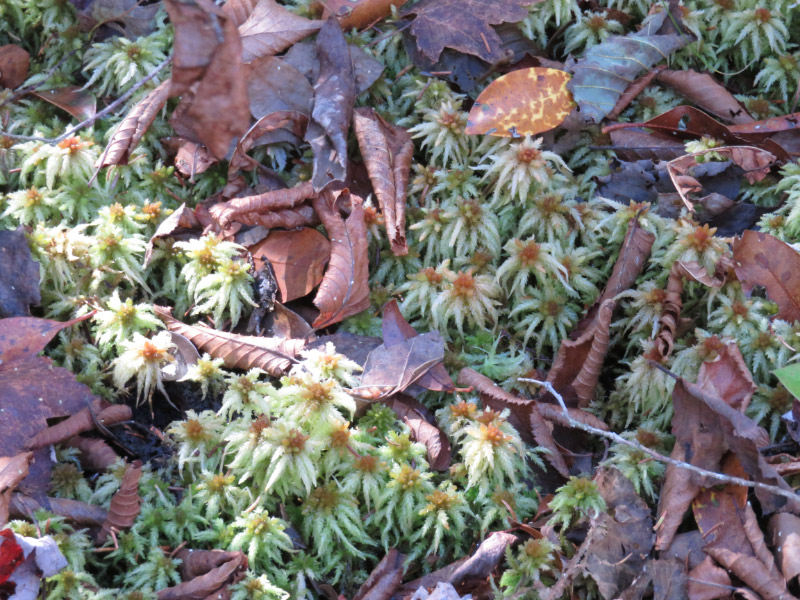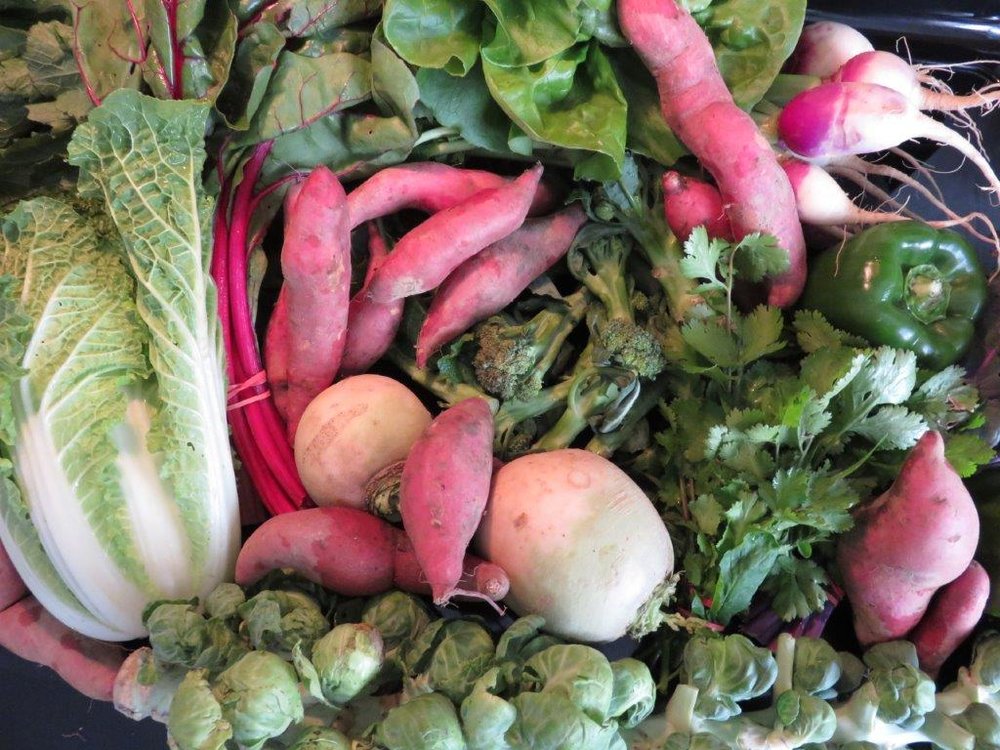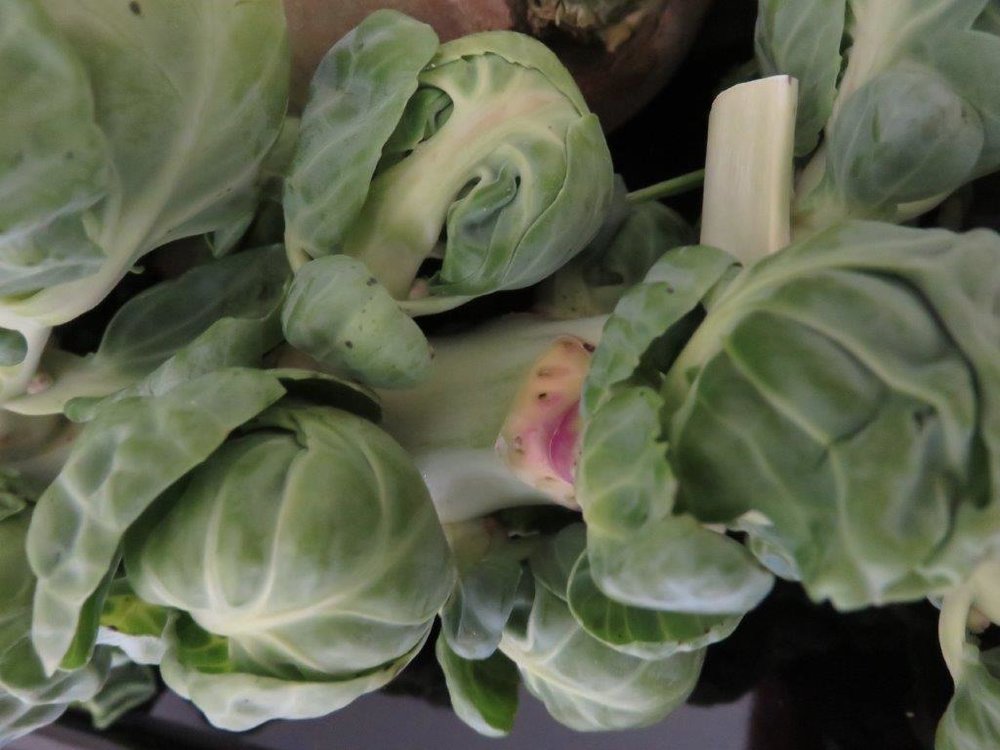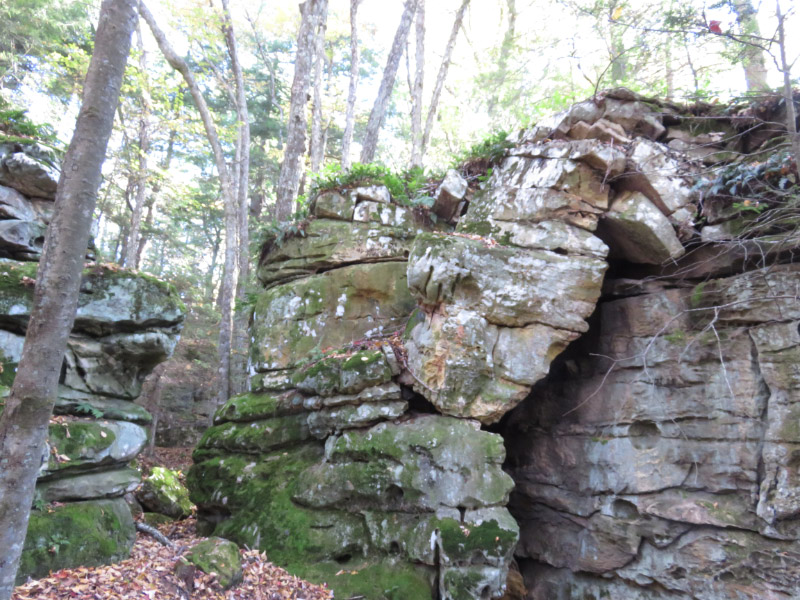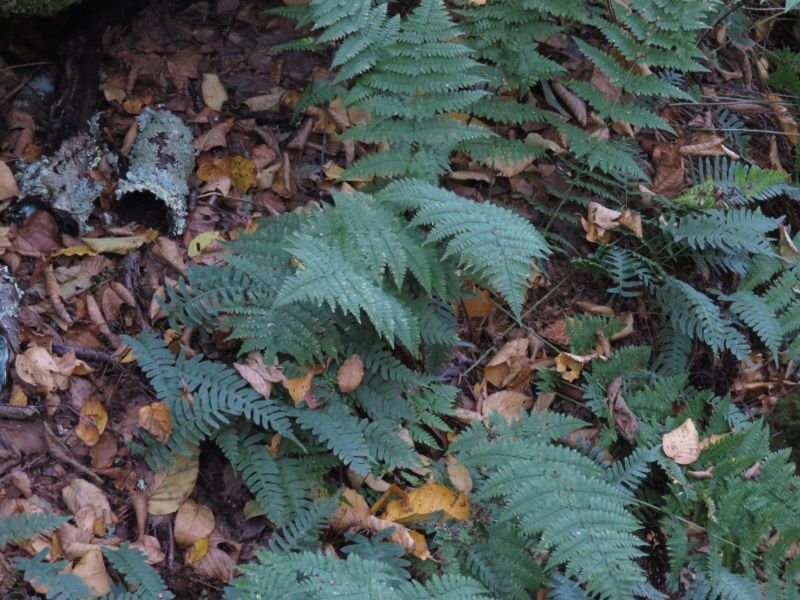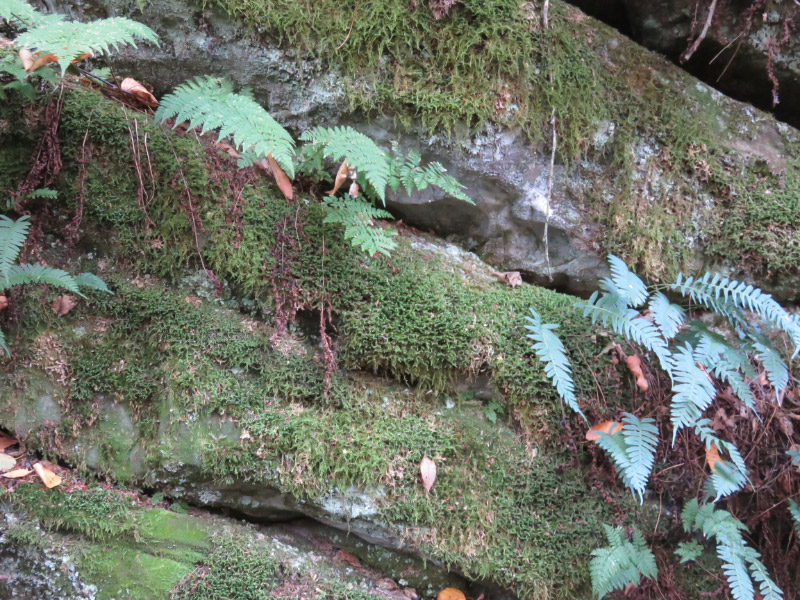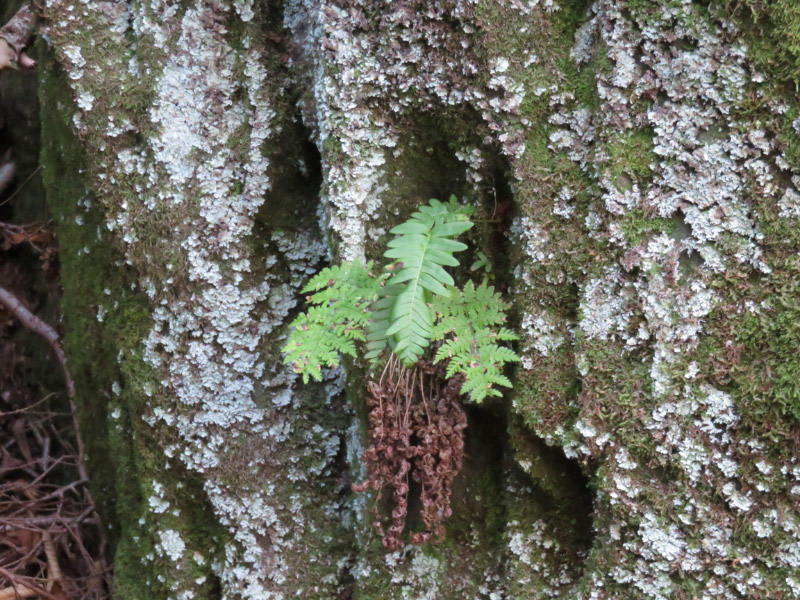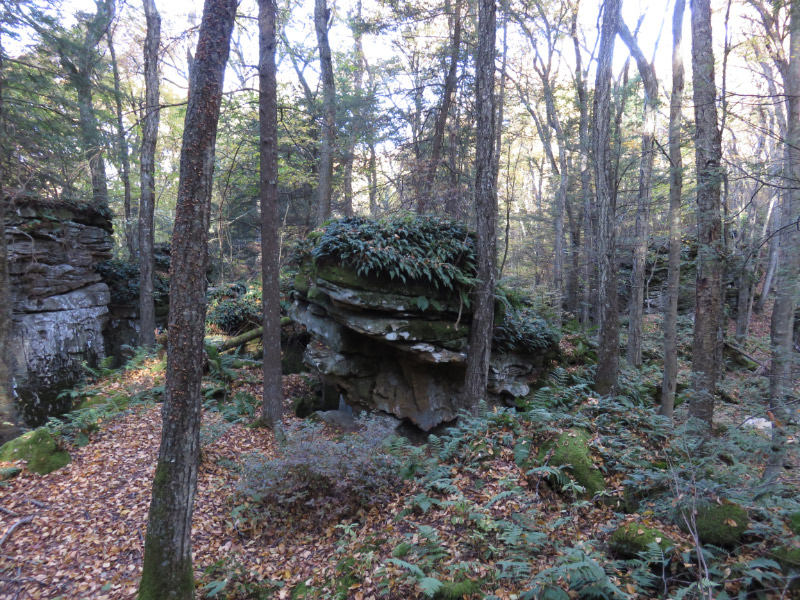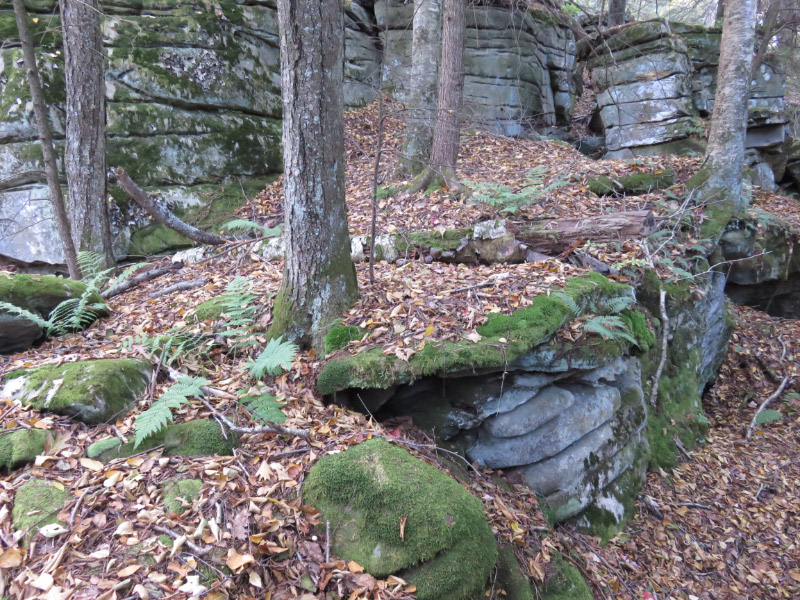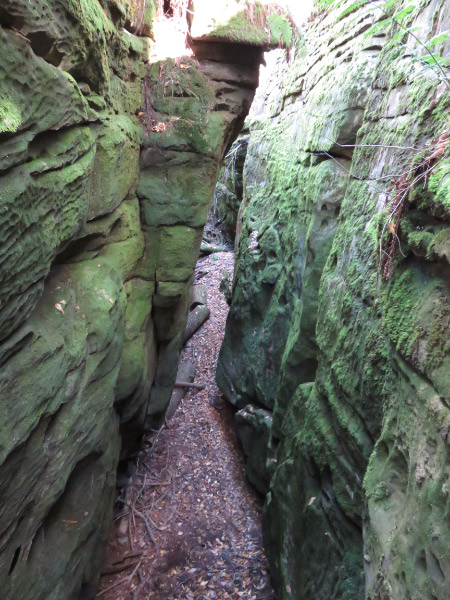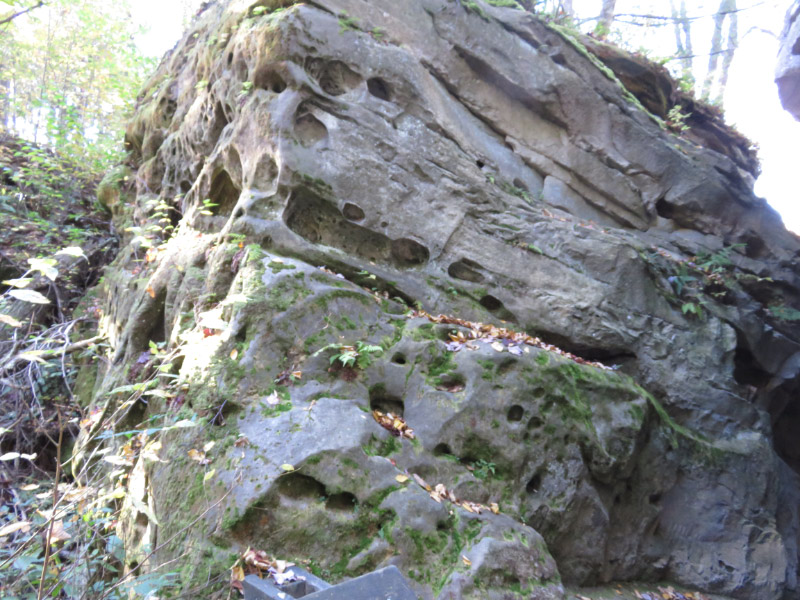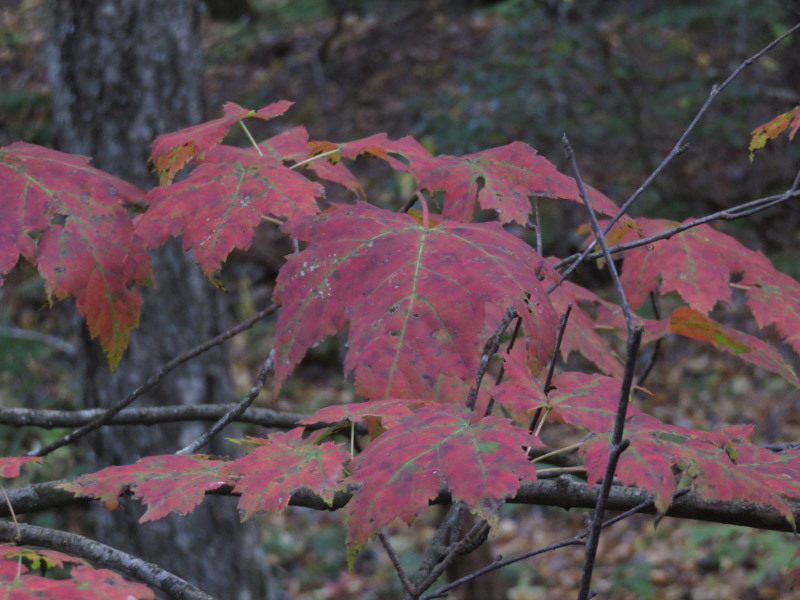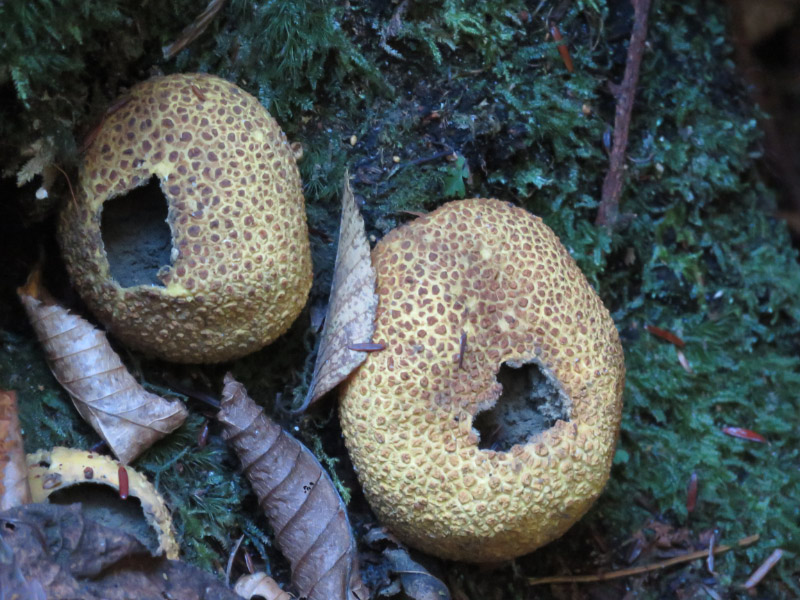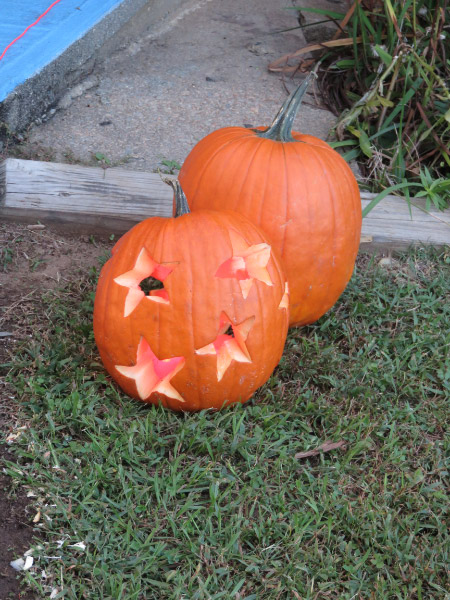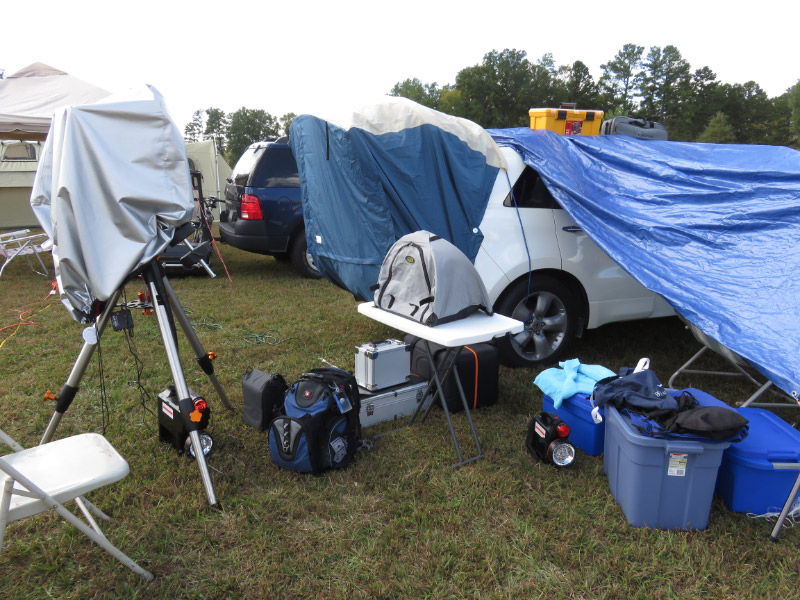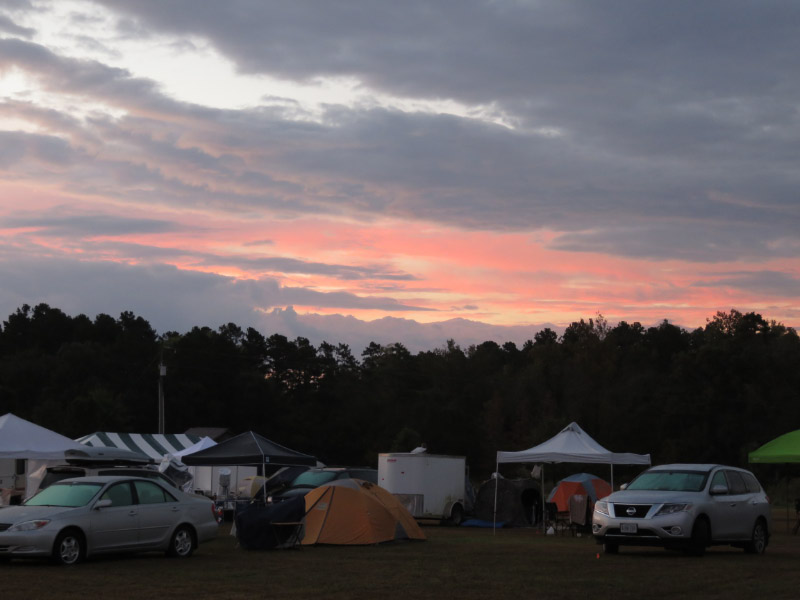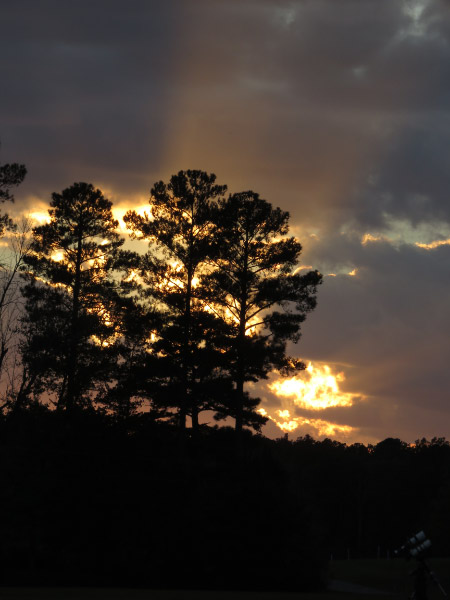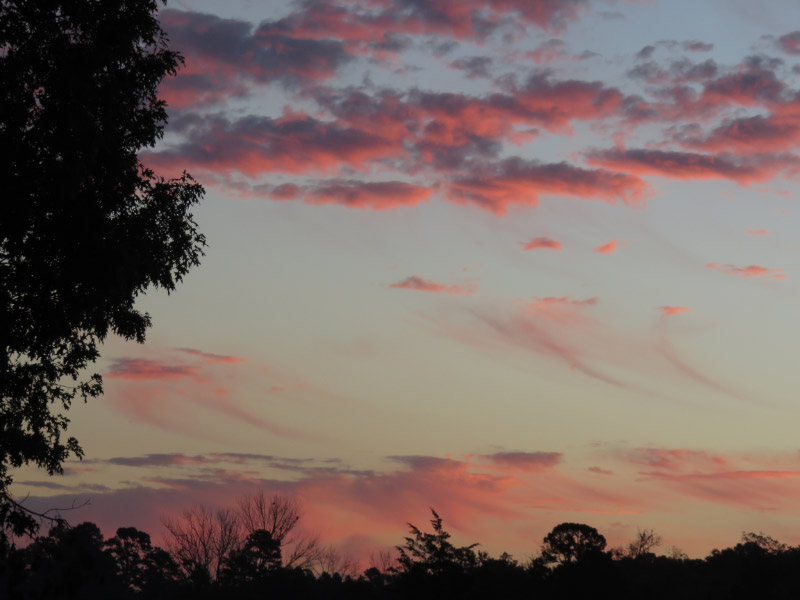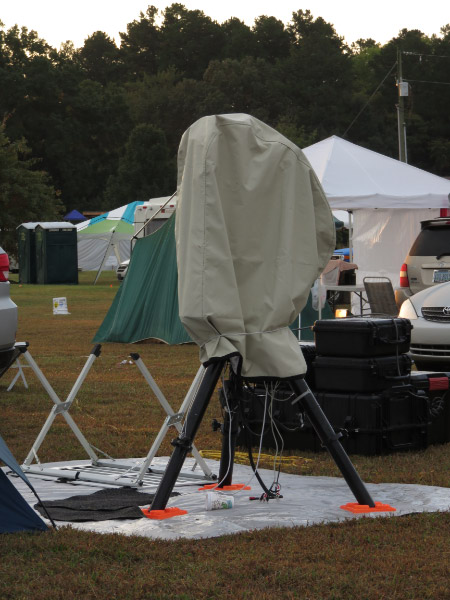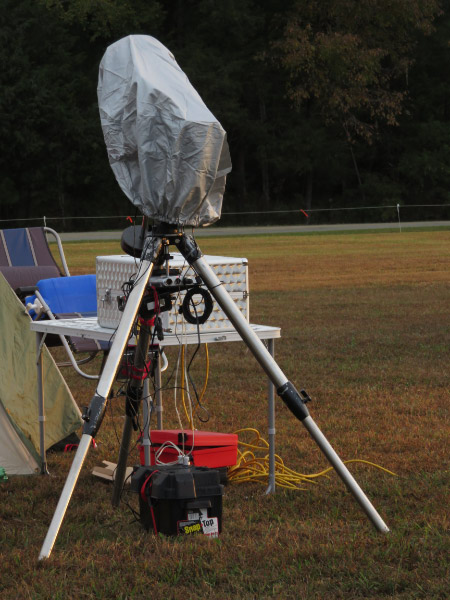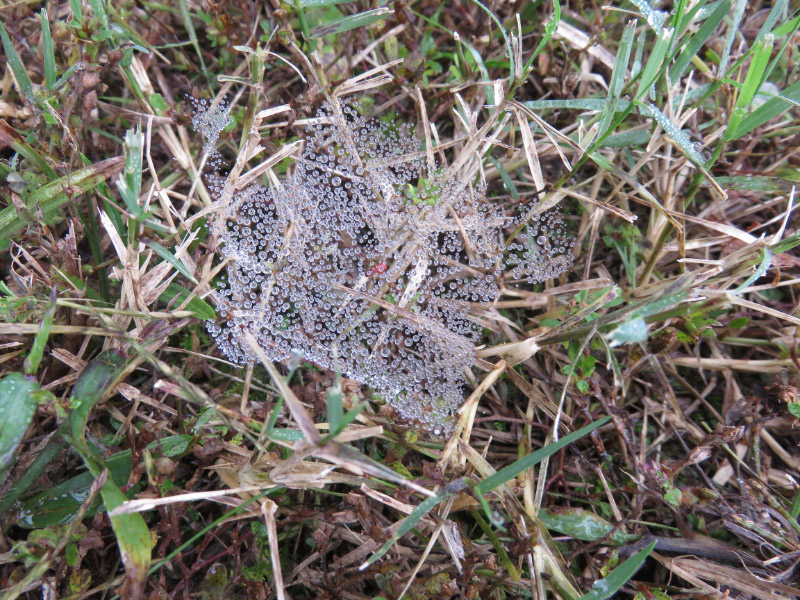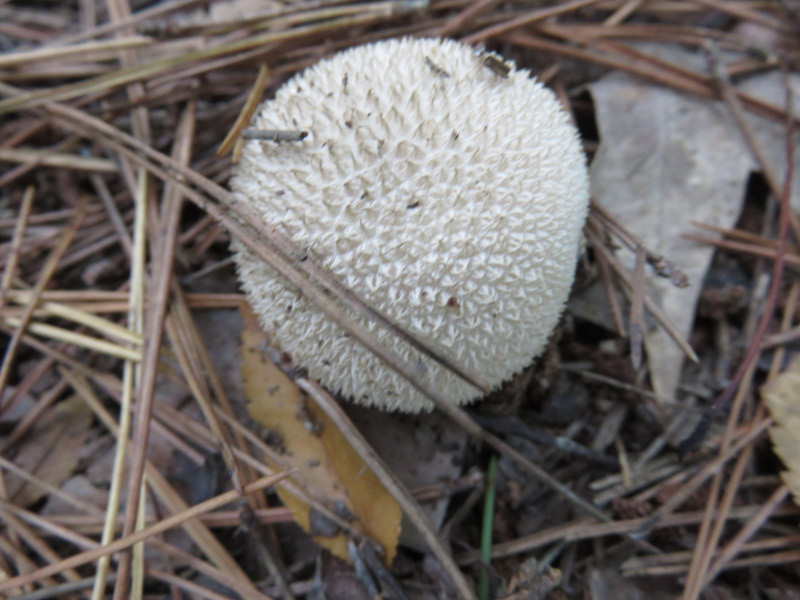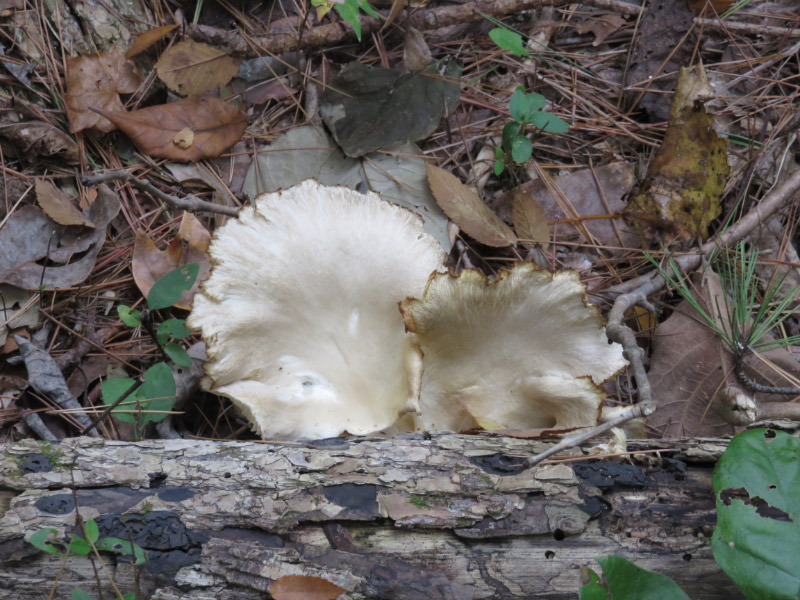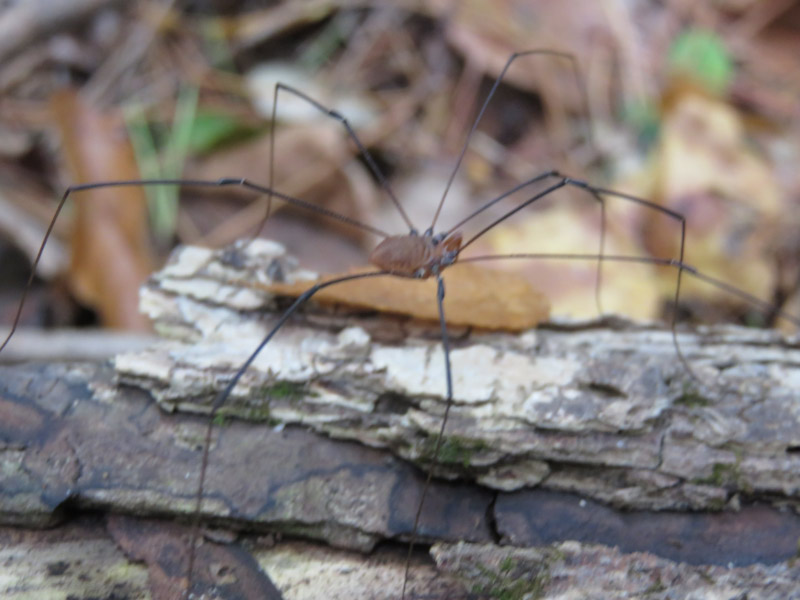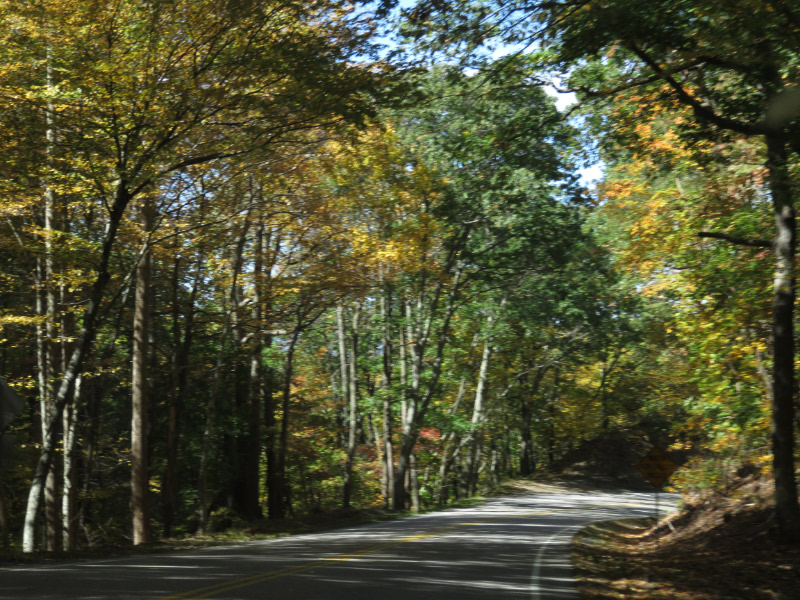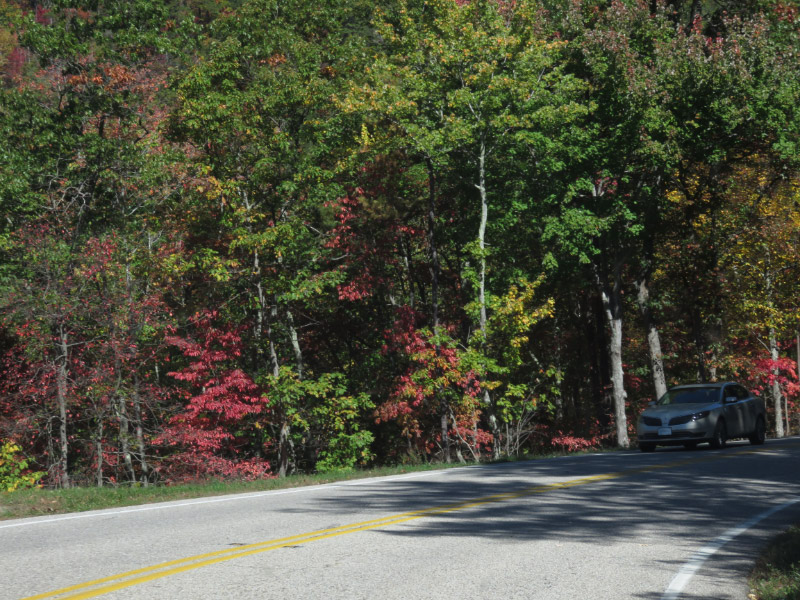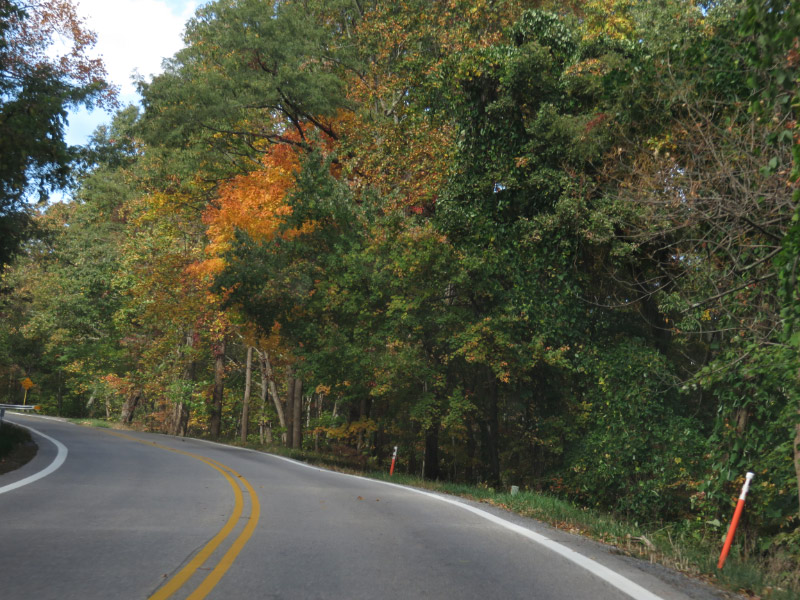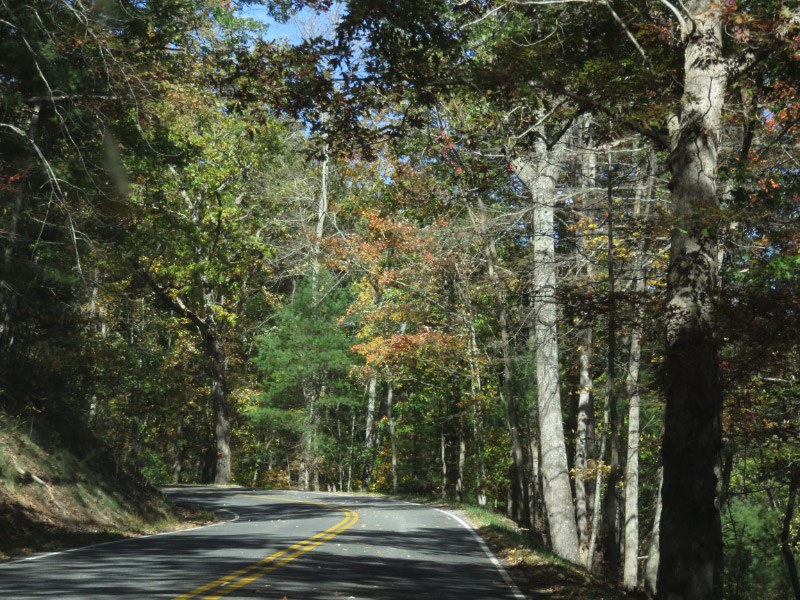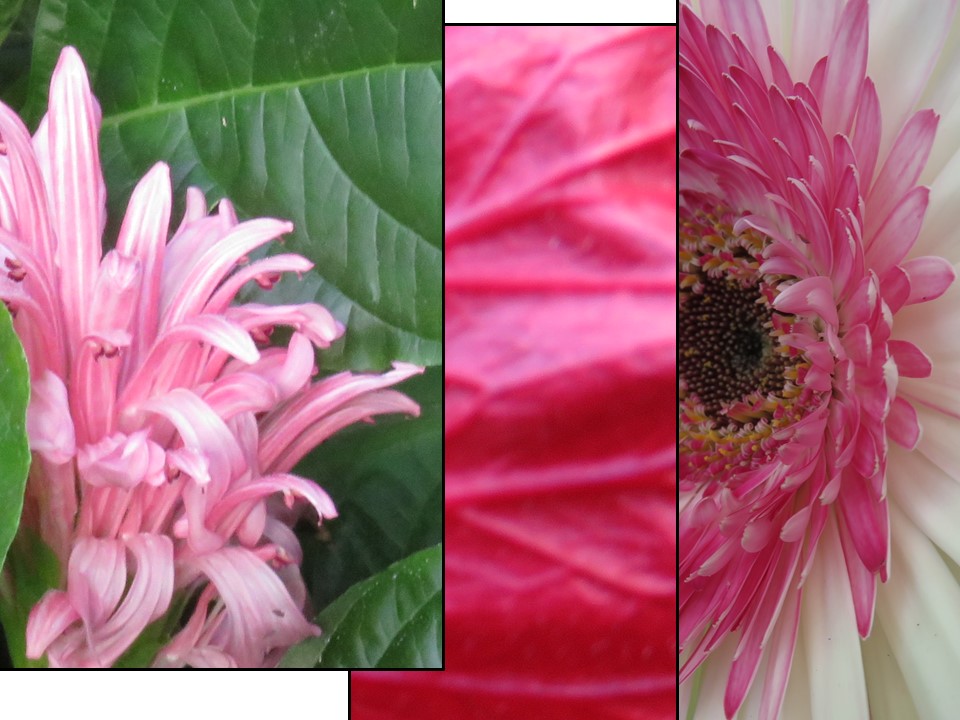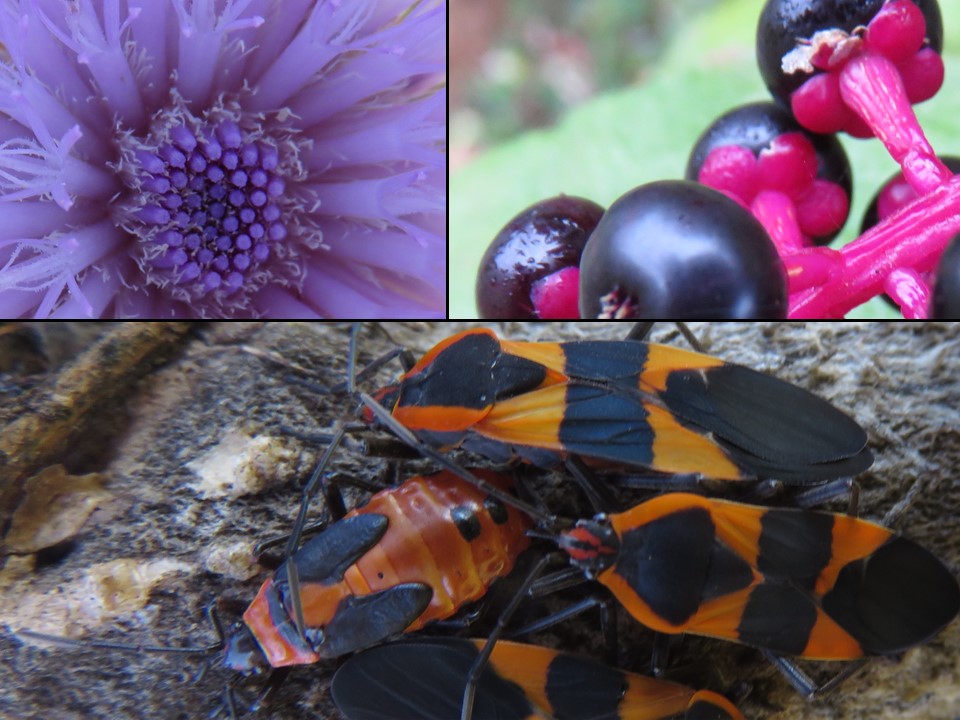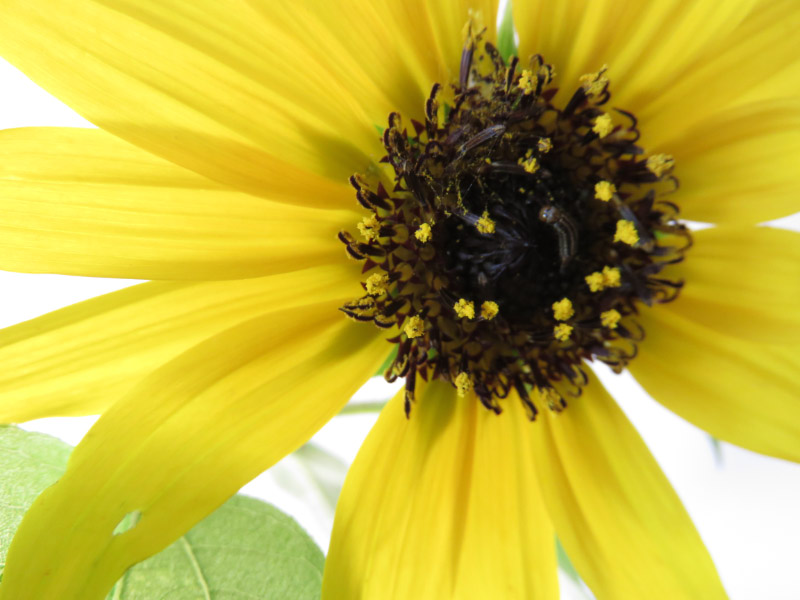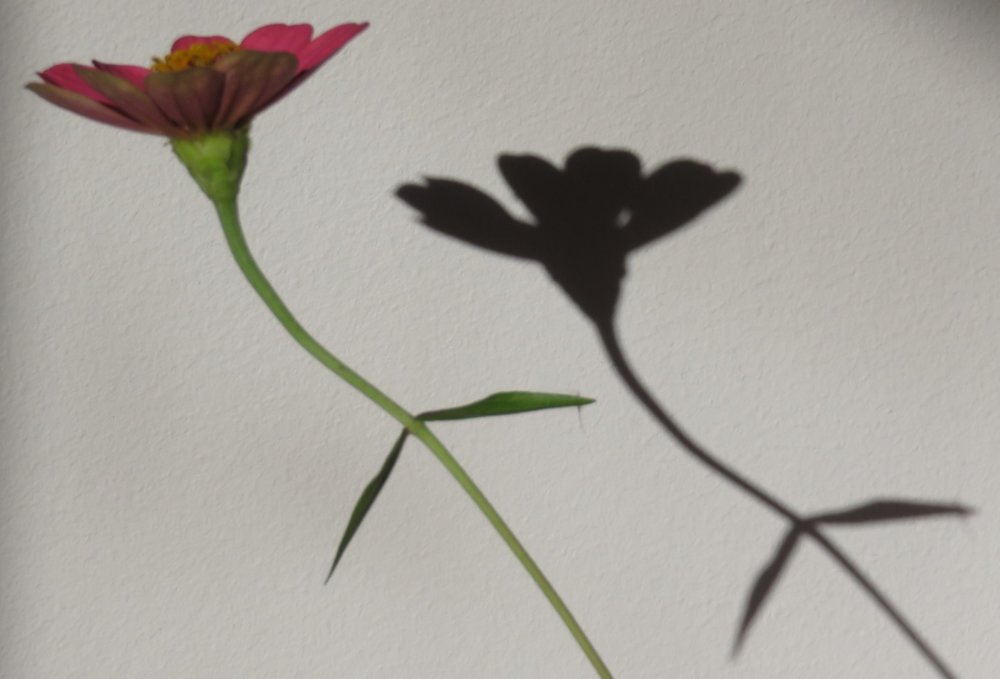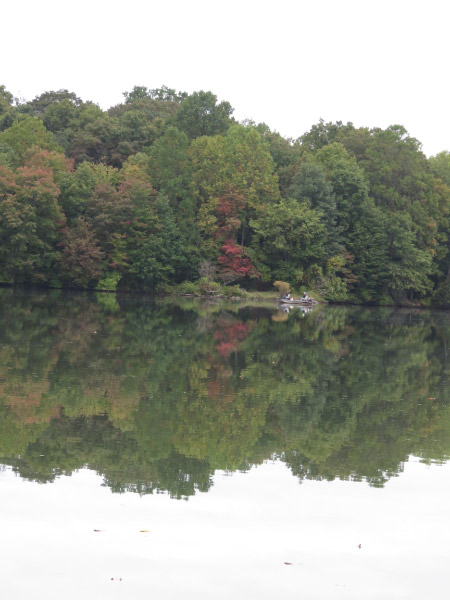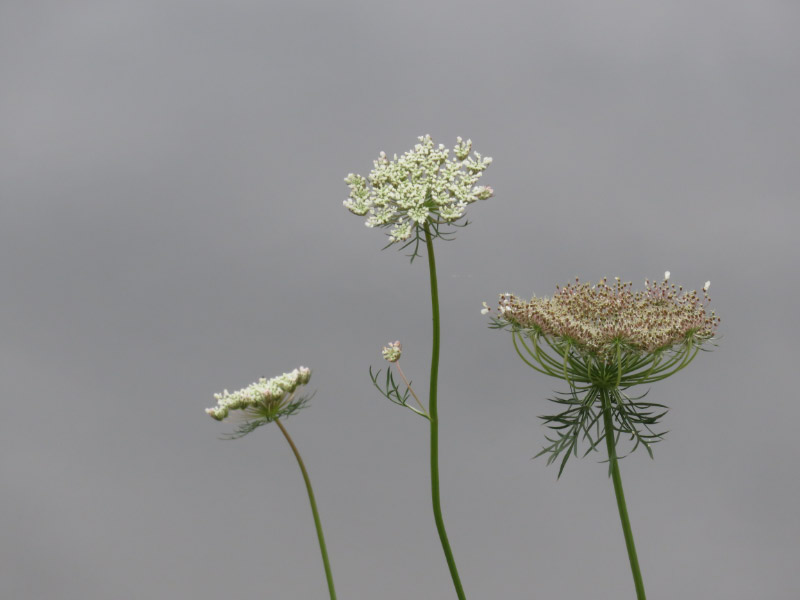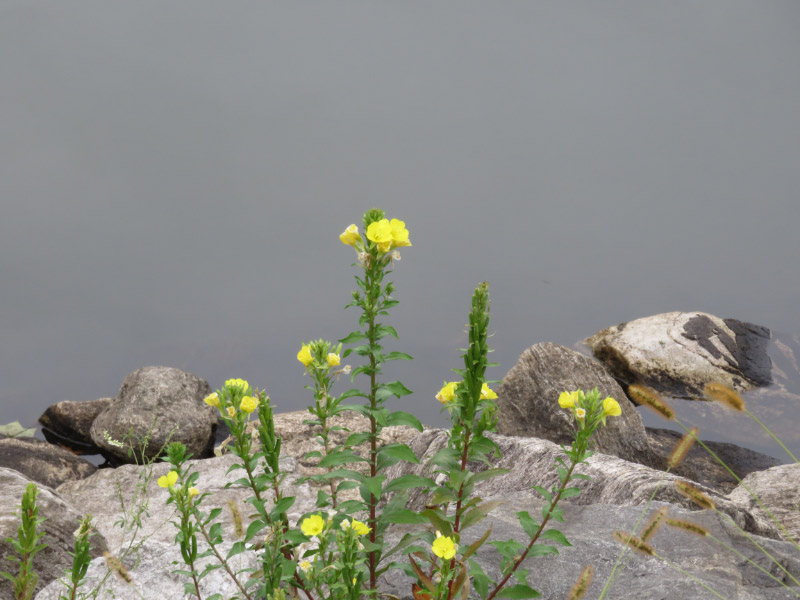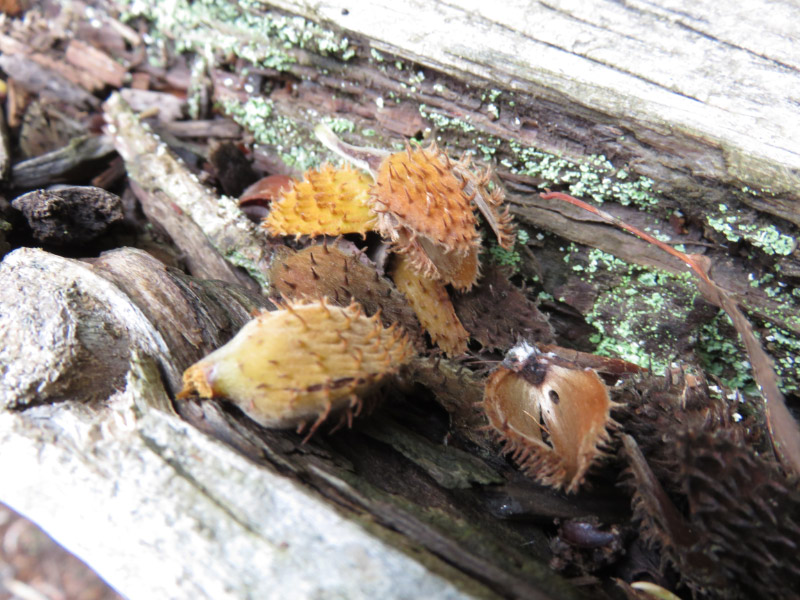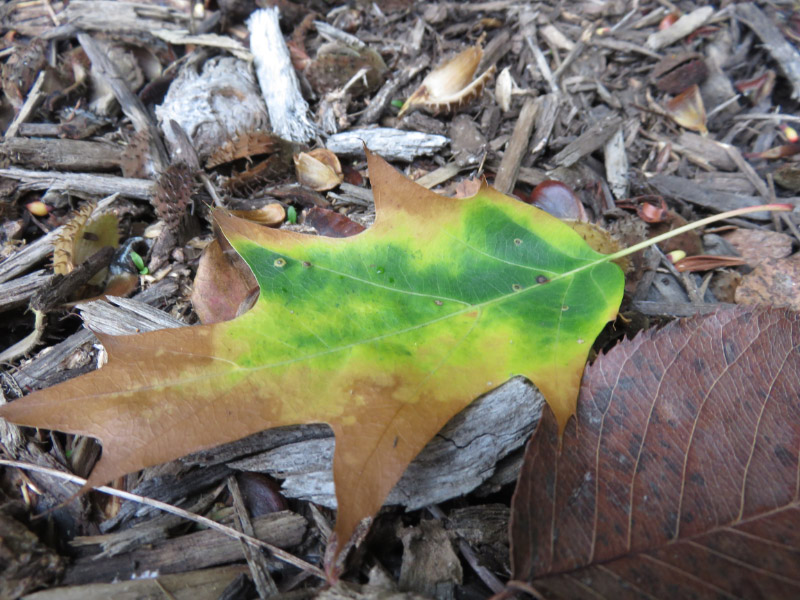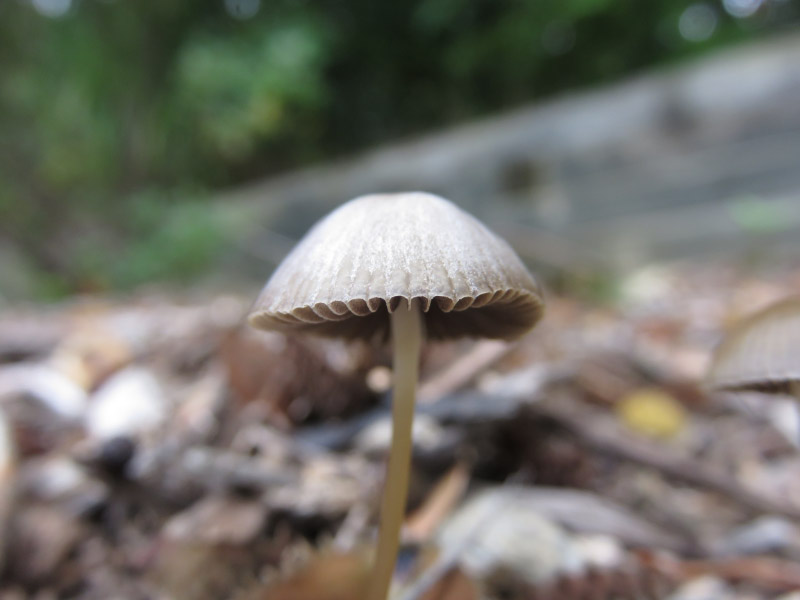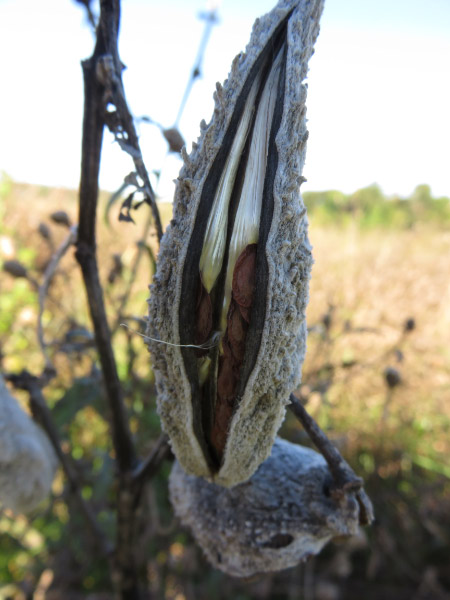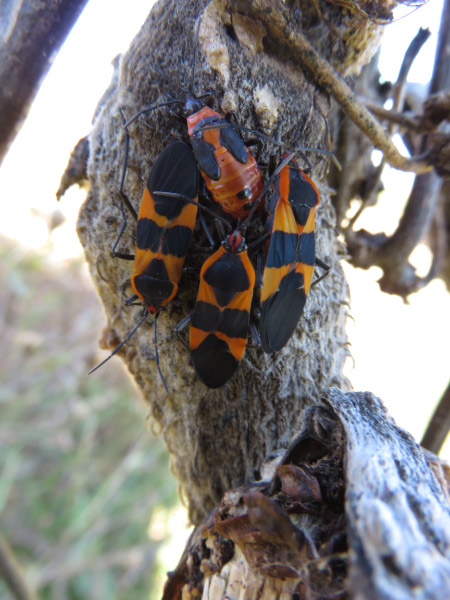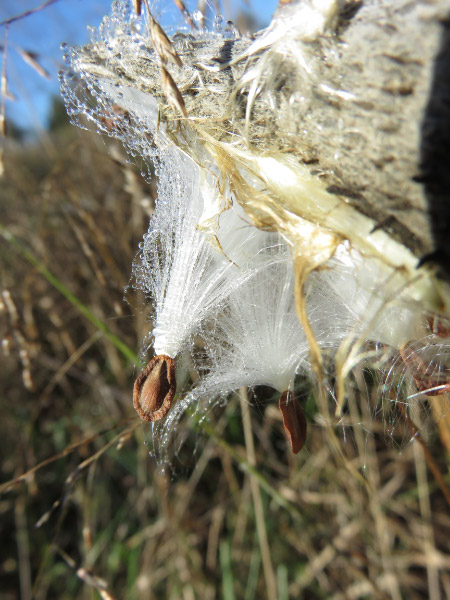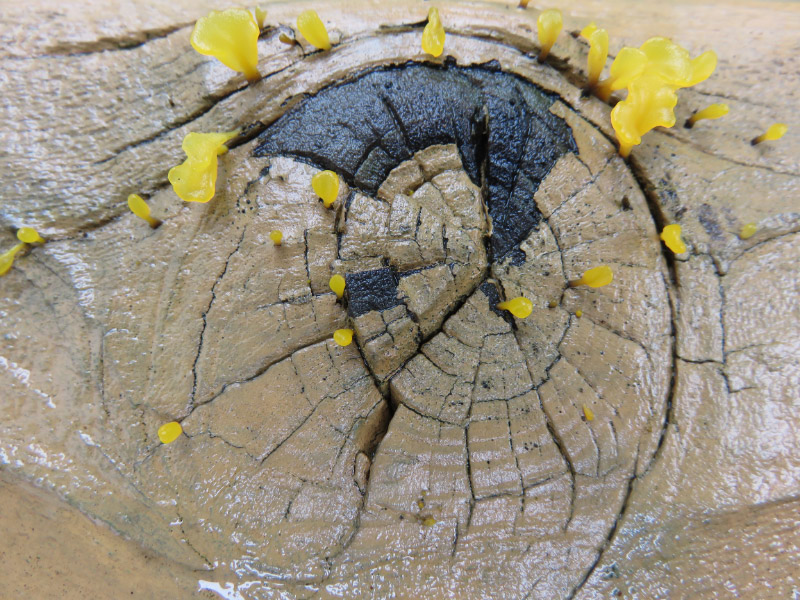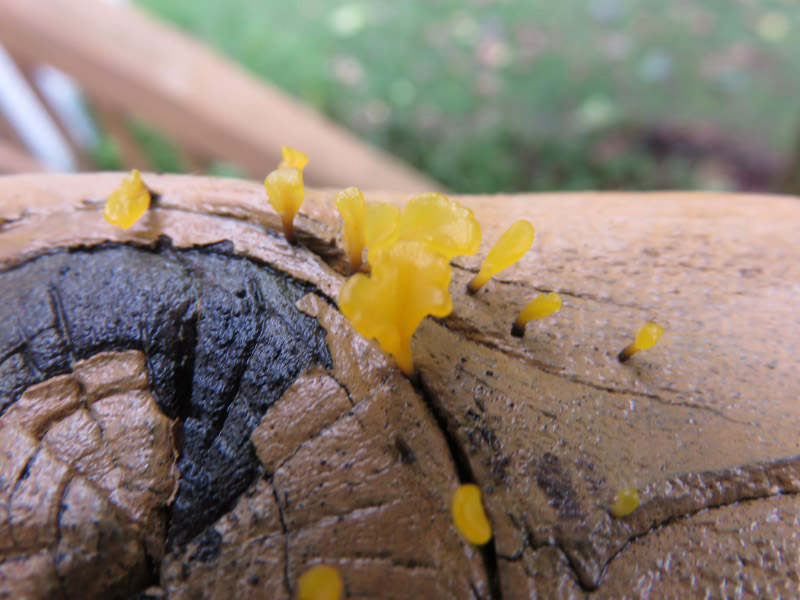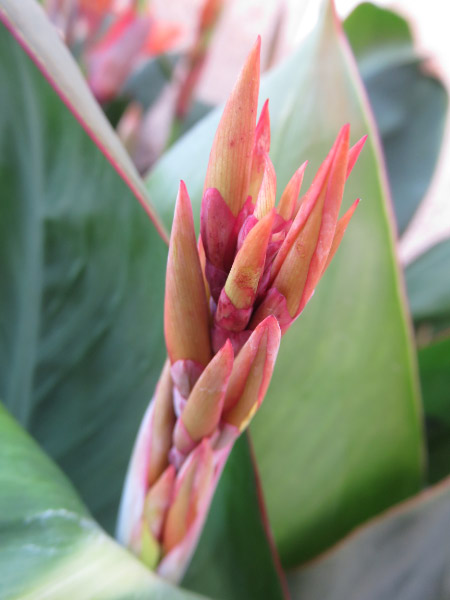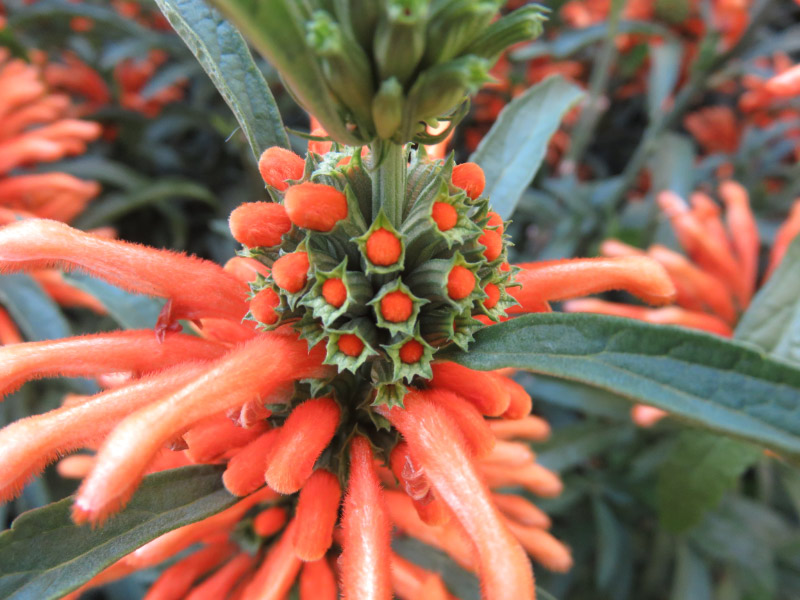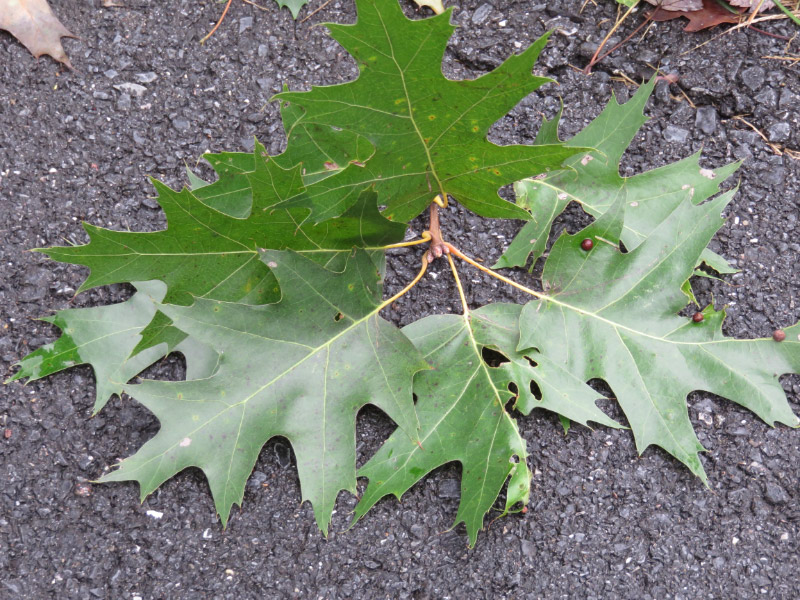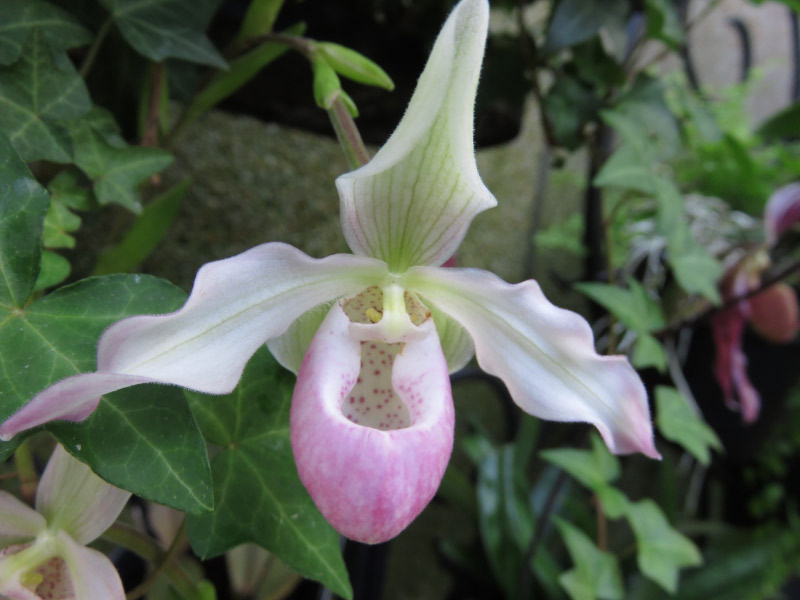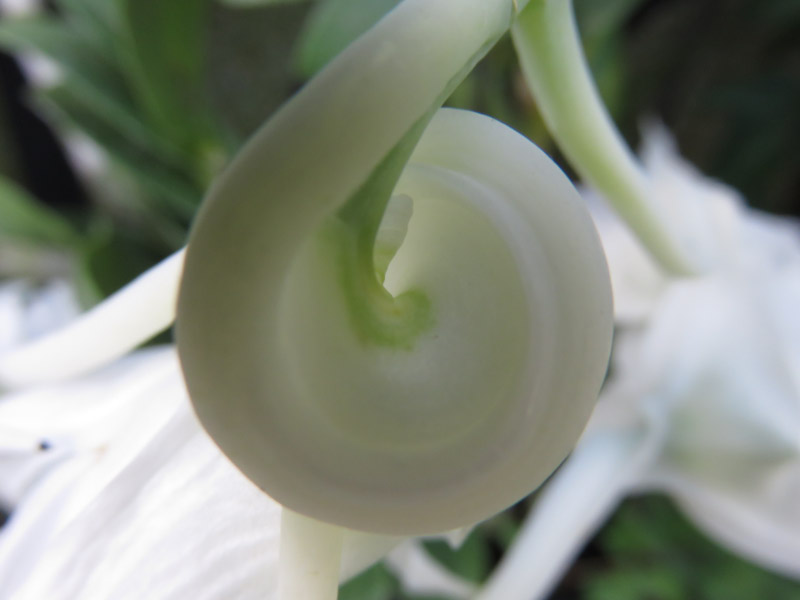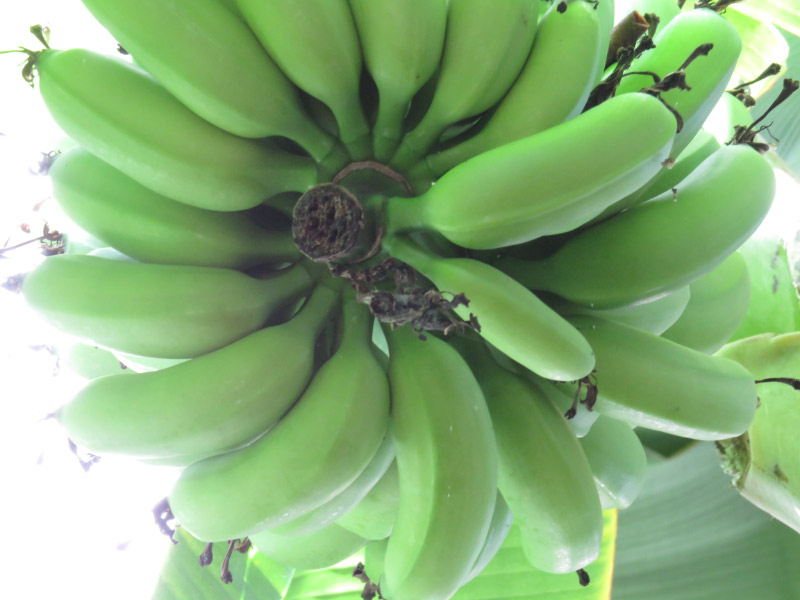Gleanings of the Week Ending October 31, 2015
/Happy Halloween!
The items below were ‘the cream’ of the articles and websites I found this past week. Click on the light green text to look at the article.
Hamersley Shows Off the Beauty of Australia's Wilderness – A 4 minute film made using drones around the Hammersley rnage and Karijini National Park.
Blocking enzymes in hair follicles promotes hair growth - Wow! The results in mice a pretty dramatic for ‘normal’ mice. Experiments to address hair follicles affected by hair loss disorders are under way.
Microphotographs Reveal the Wonderfully Odd World of Plants – Images created for a 2016 calendar.
Photography in the National Parks: Your Armchair Guide to Big Bend National Park – Part 1 – This is a national park I’ve not explored....maybe it’s time to plan a trip.
A Rough Guide to the IARC’s Carcinogen Classifications – Andy Brunning’s graphic about carcinogens. Processed and red meats have been in the news during the past few weeks.
Using the Light When the Light is Right – A series of photographs from The Prairie Ecologist.
The Ten Creepiest Spiders of North America – Just in time for Halloween. I remember by mother making sure I knew what a Black Widow spider looked like very early….a good thing since I found one in my sandbox one spring and recognized it!
Black Bears Facing Hard Times at Great Smoky Mountains National Park – Evidently the traditional fall foods for bears (acorns and grapes) did not do so well this year so they are foraging in larger areas and eating foods that are not their favorites (like hickories and walnuts).
Digging Deep Reveals the Intricate World of Roots – I do field trips with second graders where we collect some soil cores and then look at not only the soil the roots we find in it. They are always surprised that there are roots even 12 inches under the meadow where we usually go to collect the sample! This article shows that the roots actually are probably much deeper than 12 inches.
Urban Explorer Gives Viewers an Interior Tour of St. Petersburg's Architectural Gems – Over the top architecture…it is hard to image any of these being places people actually lived.

